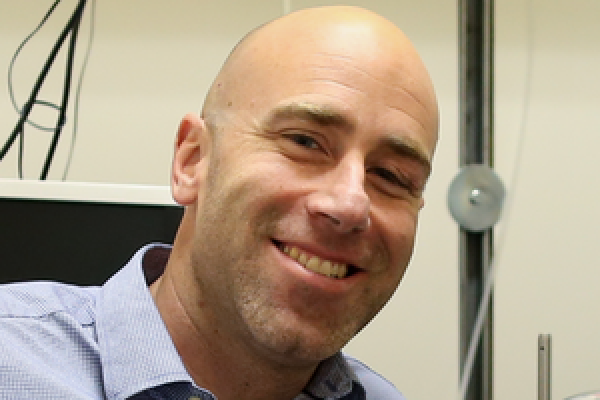
Each of our cells contain 1 meter of DNA that is tightly wrapped to fit inside the ~5 micron wide nucleus of the cell. This highly condensed state of our DNA plays a central role in how the information in our genes is replicated, read and repaired. Yet, the physical mechanics by which genome organization regulates the processing of DNA remains a mystery. I will review what is currently understood about genomic organization with a focus on the first level of organization, the nucleosome - a 50 nm stretch of DNA tightly wrapped ~2 times around a protein core. I will then discuss how the development of single molecule spectroscopy and imaging methods have provided new insight into the physical properties of our genomes. Using some of these techniques, our group has helped resolve a key question about gene activation, namely how do gene activating complexes find their target sites in mechanically inaccessible regions of the genome. More specifically, I will discuss how “pioneering” gene activating complexes circumvent being physically blocked by genome compaction to efficiently find their DNA binding sites within physically inaccessible genomic regions.
